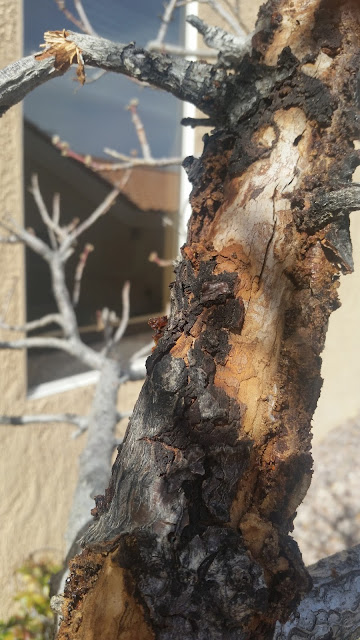My blog, Xtremehorticulture of the Desert, is approaching 30,000 hits per month. Judging from the number of hits this time last year, my blog should exceed 30,000 hits in the next one to two months.
Even though my blog has a focus on the Mojave Desert, these hits are coming from all over the world. Remember, these posts are focused on Desert Horticulture at 36,12 degrees north latitude at an elevation of 2,000 ft (610 meters) and should be adjusted accordingly for different locations.Pest and disease problems vary with locations as well.
I do not sell anything here (okay, maybe my coffee donation to help keep me awake when I get up early to do some posting. I like good coffee.). I will continue to recommend based upon my experience with products. I appeal to readers. If you have experiences to share please Comment at the bottom of the post. I review each Comment and if it is just a marketing effort then I reject it. If it adds something to the discussion, I will post your comment.
Even though my blog has a focus on the Mojave Desert, these hits are coming from all over the world. Remember, these posts are focused on Desert Horticulture at 36,12 degrees north latitude at an elevation of 2,000 ft (610 meters) and should be adjusted accordingly for different locations.Pest and disease problems vary with locations as well.
I do not sell anything here (okay, maybe my coffee donation to help keep me awake when I get up early to do some posting. I like good coffee.). I will continue to recommend based upon my experience with products. I appeal to readers. If you have experiences to share please Comment at the bottom of the post. I review each Comment and if it is just a marketing effort then I reject it. If it adds something to the discussion, I will post your comment.










